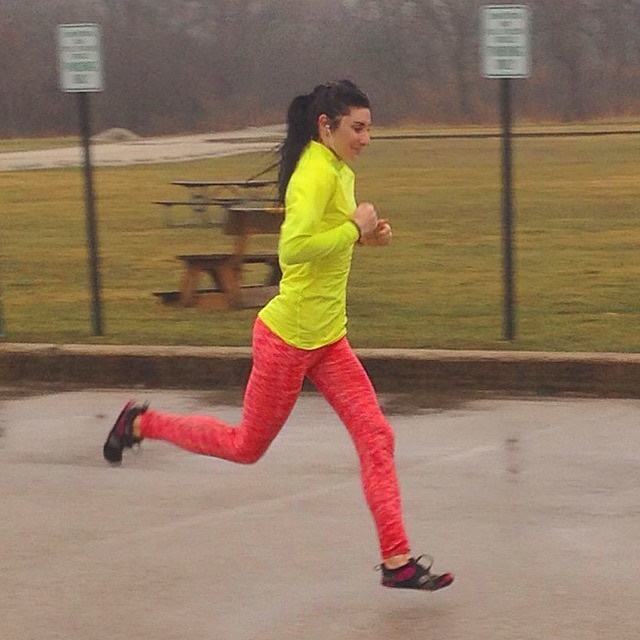Among the host of benefits, such as helping avoid heel strike during running, zero-drop running shoes is linked to less lactate acid build up during speed work.
One of the biggest things I talk about here at Run Forefoot is footwear. I would say it’s okay for experienced forefoot runners, like Galen Rupp and Mo Farah, to wear the standard running shoe during running–why? Because they are professionals who don’t need the training aids, like zero-drop running shoes to help facilitate their forefoot strike. I think however, recreational runners who switch from heel strike to forefoot strike running should avoid the standard running shoe for awhile, until they’ve full developed satisfactory forefoot strike mechanics.
Personally, I believe that forefoot runners who switch from heel strike running, should definitely try running barefoot and running in zero-drop footwear because it is much easier to recognize whether or not you are landing on your forefoot because it takes less effort to feel your forefoot strike as compared with running in the standard running shoe.
Another benefit of zero-drop running shoes is that they may make you a more energy-saving runner.
Zero-Drop Running Shoes Have Economical Benefits
If you are a new forefoot runner, your forefoot strike will dwindle if you run in shoes where the heel is higher than the forefoot (which is the typical running shoe). The result of this is poor energy storage in the lower leg.
Wearing zero-drop running shoes is a great start for developing, not only excellent forefoot running mechanics, but better running efficiency. This comes from a study by Buchhiet at el. 2010. The study found that smaller heeled running shoes was associated with less lactic acid build-up in runners who performed repeated sprints. The researches believe that the reduction in blood lactate accumulation was a result of improved elastic energy storage in the arch and the Achilles tendon. Their data jives with previous reports that have found that foot position in flatter running shoes, where the heel and forefoot are almost level, or is level, allows for a position of the foot that enhances the eccentric phase, thereby allowing greater elastic energy storage in the Achilles tendon (1).
So, next time you are out forefoot running, think about your footwear and does your shoes allow you to feel the ground, and if your ground-feel is ‘clouded’, your running shoes are too thickly padded, which often makes it harder to achieve a forefoot strike, and when you are not landing properly on your forefoot, this will have a significant affect on how your arch and Achilles tendon stores energy. Here are examples of zero-drop minimalist running shoes that are best for your forefoot strike.
More on Minimalist Running Shoes
Why Wear Wide Minimalist Running Shoes
Minimalist Shoe for the Summer
Minimalist Running Shoes to Avoid
References:
Asmussen E, Bonde-Petersen F. Apparent efficiency and storage of elastic energy in human muscles during exercise. Acta Physiol Scand 1974;92:537—45.
Buchheit et al. Effect of dorsiflexion shoes on the energy cost of running. Sci & Sports, 2010; 25, 81-87.
Bretta Riches
BSc Neurobiology; MSc Biomechanics candidate, ultra minimalist runner & founder of RunForefoot. I was a heel striker, always injured. I was inspired by the great Tirunesh Dibaba to try forefoot running. Now, I'm injury free. This is why I launched Run Forefoot, to advocate the health & performance benefits of forefoot running and to raise awareness on the dangers of heel striking, because the world needs to know.
Latest posts by Bretta Riches (see all)
- Does Foot Strike Really Matter in Running? YES! - 17/04/2024
- Heel Lifts Increase Injury in Runners - 16/04/2024
- Are Minimalist Shoes Good for Seniors? YES! - 14/04/2024

